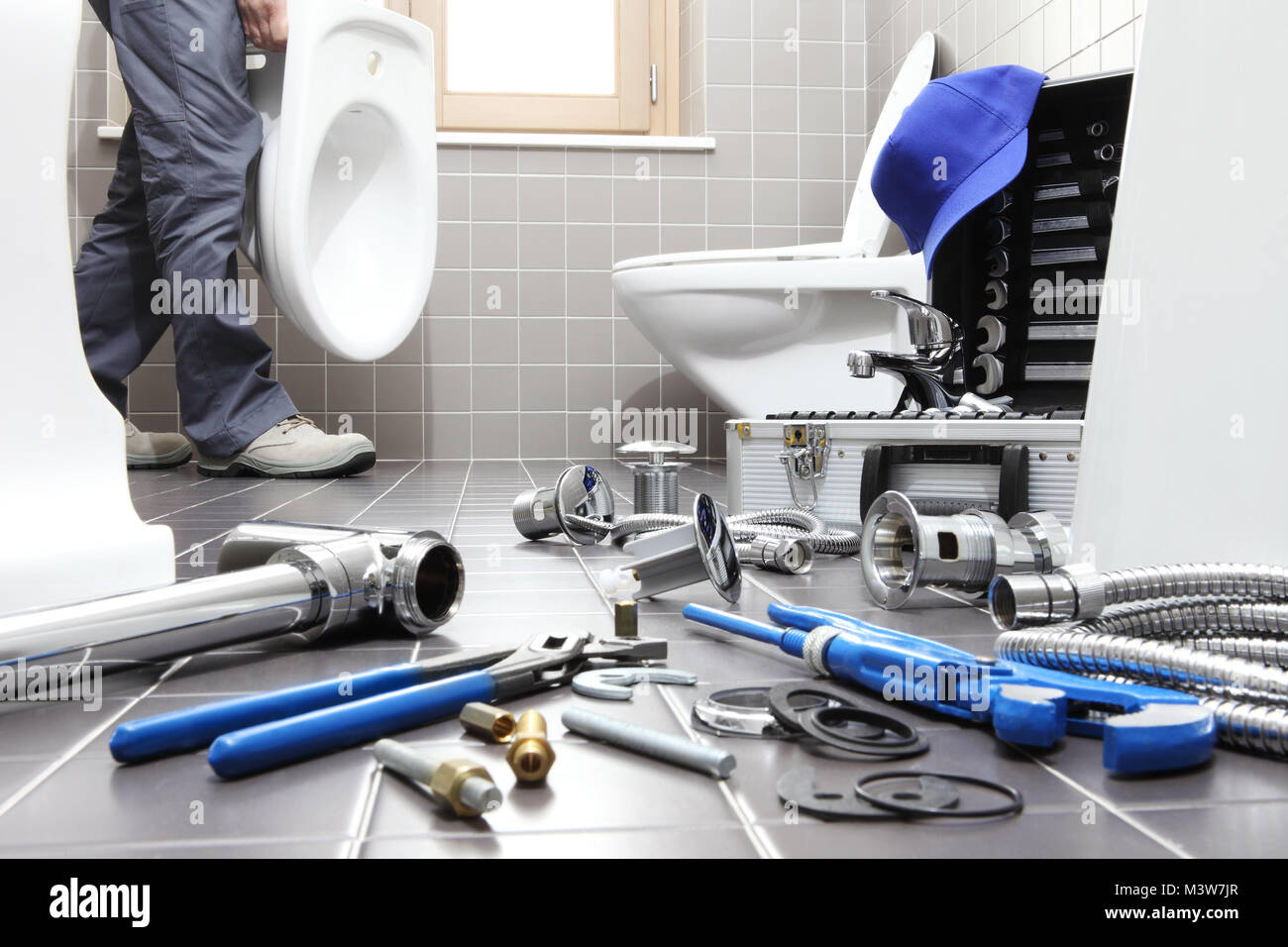Shop At Haya: Your Ultimate Shopping Guide
Discover the best shopping tips, trends, and deals for a smarter buying experience.
Water Woes: How to Fix Your Plumbing Problems Before They Flood Your Day
Struggling with plumbing issues? Discover quick fixes to prevent water disasters and save your day! Don't let leaks drown your plans!
5 Common Plumbing Issues and How to Solve Them
When it comes to home maintenance, plumbing issues are among the most common challenges homeowners face. Understanding these issues and their solutions can save you both time and money. Here are five frequent plumbing problems:
- Leaky Faucets
- Clogged Drains
- Running Toilets
- Low Water Pressure
- Water Heater Issues
1. Leaky faucets can waste a significant amount of water and lead to higher bills. To resolve this, check the O-ring and washers for wear and replace them if necessary.
2. For clogged drains, try using a plunger or a drain snake. If that doesn’t work, a mixture of baking soda and vinegar can help clear stubborn clogs.
3. Running toilets can usually be fixed by adjusting the float or replacing the flapper. Check for leaks around the tank as well.
4. Low water pressure may indicate a buildup of mineral deposits. Cleaning your faucet aerators and showerheads can often improve this issue.
5. Lastly, if you’re experiencing water heater issues, ensure it is set to the right temperature and check for any leaks or sediment buildup that may be affecting performance.

Is Your Home at Risk? Signs of a Plumbing Emergency You Shouldn't Ignore
Homeowners often overlook signs of a plumbing emergency, but ignoring them can lead to severe damage and costly repairs. Common indicators include leaks or water stains on walls and ceilings, which can signal a burst pipe or a failing fixture. Additionally, if you notice an increase in your water bill without any corresponding increase in usage, it might be time to investigate potential leaks hidden from view. Regularly checking your plumbing system can help you catch these important warnings before they escalate.
Another critical sign is the presence of mold or mildew, which thrives in damp environments created by hidden leaks. If you find any unpleasant odors or hear strange sounds like gurgling or dripping when the faucets are off, it’s a good idea to consult a plumber. Additionally, if water pressure suddenly drops, this may indicate a blockage or a major leak in your plumbing system. Ignoring these red flags could not only jeopardize your home’s structure but also place your health at risk due to toxic mold growth.
The Ultimate Guide to Preventing Water Damage in Your Home
Preventing water damage in your home is essential to maintain its structural integrity and safeguard your belongings. Start by regularly inspecting your plumbing system for leaks, particularly in areas prone to excess moisture such as basements and crawl spaces. Additionally, ensure that your roof is in good condition, and clean out gutters and downspouts every season to avoid water accumulation. Consider installing a sump pump in your basement to manage excess water during heavy rainfall and avoid potential flooding.
Another critical aspect of preventing water damage is to control humidity levels inside your home. Use dehumidifiers in areas with high humidity, such as bathrooms and laundry rooms, and ensure proper ventilation throughout the house. Check for condensation on windows and walls, as this can indicate a potential moisture problem. Finally, create a water damage contingency plan that includes shutting off the main water supply in case of emergencies, so that you can act swiftly if a leak is detected.